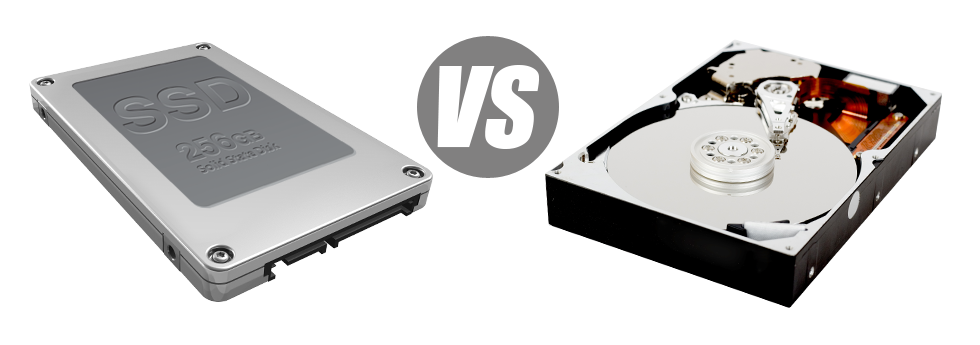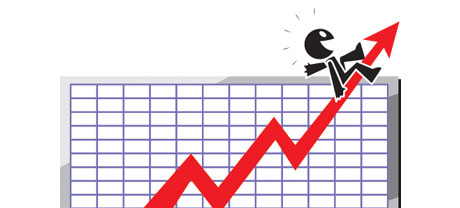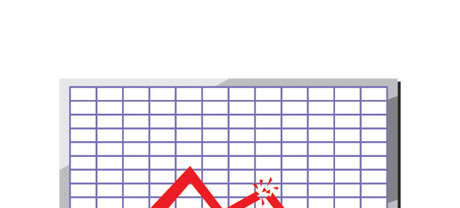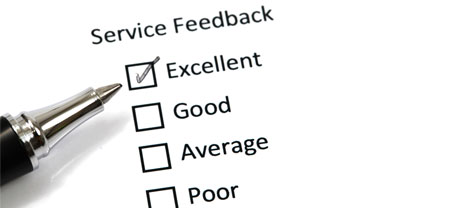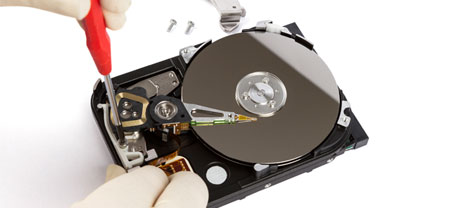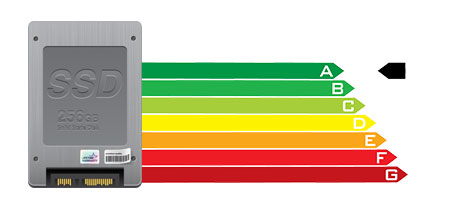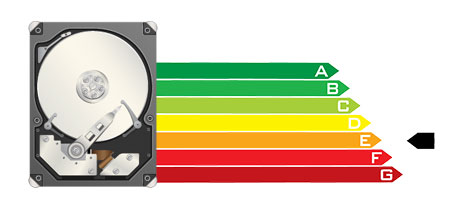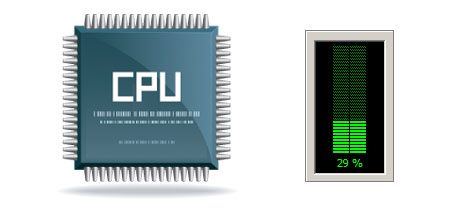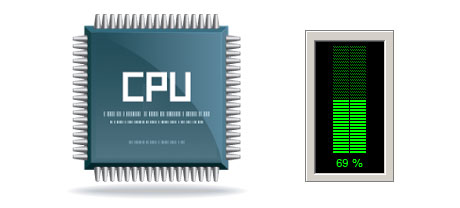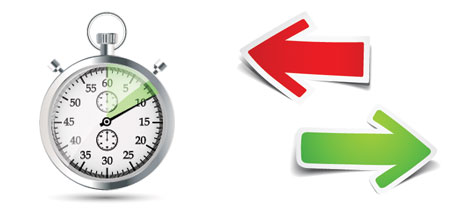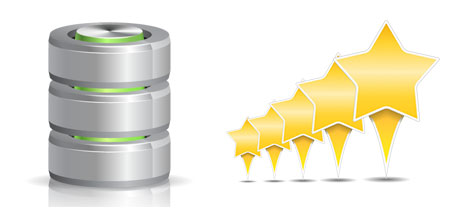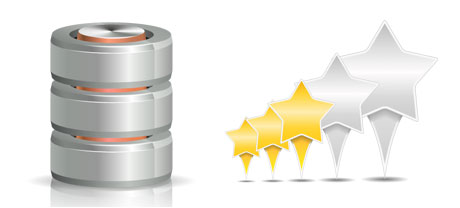For many years there was one trustworthy method to keep info on your personal computer – working with a disk drive (HDD). Nonetheless, this kind of technology is presently displaying it’s age – hard disks are really noisy and sluggish; they can be power–hungry and have a tendency to generate a lot of heat in the course of intensive procedures.
SSD drives, on the other hand, are swift, consume much less power and are much cooler. They furnish a completely new method of file access and data storage and are years ahead of HDDs in relation to file read/write speed, I/O efficiency and then energy efficiency. See how HDDs stand up up against the newer SSD drives.
1. Access Time
SSD drives provide a brand–new & ingenious solution to data storage according to the utilization of electronic interfaces in lieu of any kind of moving components and spinning disks. This new technology is faster, allowing for a 0.1 millisecond file accessibility time.
The technology powering HDD drives dates all the way back to 1954. And even while it has been noticeably enhanced over time, it’s nevertheless can’t stand up to the ground breaking ideas powering SSD drives. With today’s HDD drives, the best data access rate you can actually achieve can vary between 5 and 8 milliseconds.
2. Random I/O Performance
Because of the very same revolutionary strategy that allows for a lot faster access times, it’s also possible to benefit from far better I/O performance with SSD drives. They are able to perform twice as many procedures within a given time in comparison to an HDD drive.
An SSD can manage at least 6000 IO’s per second.
Over the same lab tests, the HDD drives confirmed to be considerably slower, with only 400 IO operations handled per second. Although this feels like a good deal, for people with a hectic web server that hosts many well–liked sites, a sluggish hard disk may lead to slow–loading web sites.
3. Reliability
SSD drives are made to have as fewer moving parts as is feasible. They utilize a similar technique to the one used in flash drives and are also much more reliable compared with standard HDD drives.
SSDs have an typical failure rate of 0.5%.
HDD drives use rotating disks for saving and browsing data – a concept dating back to the 1950s. With hard disks magnetically hanging in the air, rotating at 7200 rpm, the chances of one thing going wrong are generally higher.
The standard rate of failure of HDD drives ranges between 2% and 5%.
4. Energy Conservation
SSDs don’t have any moving components and require hardly any cooling down energy. Additionally they demand not much power to work – tests have revealed that they’ll be operated by a common AA battery.
In general, SSDs use up amongst 2 and 5 watts.
From the time they were constructed, HDDs were always very electrical power–greedy devices. So when you’ve got a server with a couple of HDD drives, this tends to increase the month to month power bill.
Normally, HDDs use up between 6 and 15 watts.
5. CPU Power
SSD drives permit a lot faster data file access rates, which generally, consequently, permit the CPU to finish file requests faster and afterwards to return to different duties.
The average I/O wait for SSD drives is exactly 1%.
HDD drives support slower accessibility speeds compared to SSDs do, resulting for the CPU being forced to hang around, although reserving resources for your HDD to discover and give back the required data file.
The common I/O wait for HDD drives is about 7%.
6.Input/Output Request Times
The vast majority of our new web servers moved to simply SSD drives. Our personal lab tests have demostrated that using an SSD, the common service time for an I/O request while building a backup stays under 20 ms.
In contrast to SSD drives, HDDs offer significantly reduced service rates for input/output queries. During a web server backup, the regular service time for any I/O call can vary somewhere between 400 and 500 ms.
7. Backup Rates
You are able to experience the real–world potential benefits to having SSD drives day–to–day. As an example, with a server designed with SSD drives, a full backup can take simply 6 hours.
Through the years, we have used primarily HDD drives on our machines and we’re familiar with their effectiveness. On a web server pre–loaded with HDD drives, a complete web server back–up usually takes around 20 to 24 hours.
With Tecnificadora Virtual E.U., you can find SSD–powered web hosting services at reasonable prices. Our shared web hosting plans and the VPS servers can include SSD drives automatically. Get an web hosting account with us and observe how your sites can become much better automatically.
Hepsia
- Live Demo
Service guarantees
- Register now. There won’t be installation fees you’ll also find total root access to your server. 99.9% network uptime is guaranteed.
Compare our prices
- Find out more about our price list and pick the right Virtual Private Server for your dynamic web sites. You’ll be able to move up to a more powerful VPS configuration with simply a click.
- Compare our hosting plans
Contact Us
- Contact us 24 hours by email or by using Tecnificadora Virtual E.U.’s extremely–fast ticketing system. Our techs are prepared to respond to any of your questions within just 60 mins.

